Barnaby Rudge was first published in Dickens’s weekly serial, Master Humphrey’s Clock, from February to November 1841. It’s worth spending a moment to consider its publication, since it tells us something about Barnaby Rudge’s place in the Dickens’s Canon. Master Humphrey’s Clock began publication in April 1840, and the final instalment of Barnaby Rudge was also to be the serial’s last instalment, in November 1841. Dickens complained about the punishing schedule of producing copy every week for the magazine (Dickens said to his audience when he announced the end of Master Humphrey’s Clock, “I have found this form of publication most anxious, perplexing, and difficult”). For his first few novels, Dickens had produced copy monthly. For Master Humphrey’s Clock he had anticipated contributions from other writers, but in the end Dickens produced the whole thing himself. The conceit was that Master Humphrey had a group of ardent story tellers who came to his house. Mr Pickwick and Sam Weller from Dickens’s first novel, The Pickwick Papers, formed a part of this fictional group. The story of the group coming together and the short tales they told each other formed a narrative framework for Dickens’s two novels, The Old Curiosity Shop and Barnaby Rudge which appeared in the publication. The Old Curiosity Shop had been a hit. Sales for the magazine topped 100,000 copies a week at the height of its popularity. But as the story of Barnaby Rudge progressed from week to week, the sales of Master Humphrey’s Clock fell, eventually to as low as 30,000, despite Dickens’s fame. The book wasn’t popular. And it remains one of Dickens’s least popular novels, today, despite elements in the story that may appeal to modern readers more than the sentimental story of Little Nell in The Old Curiosity Shop.
This unpopularity is peculiar since historical fiction was popular, generally, in nineteenth-century England. Sir Walter Scott’s fame, for instance, far exceeded his popularity now. Barnaby Rudge was the first of two historical novels Dickens’s wrote – the second was A Tale of Two Cities – and he had been sitting on the idea since before he became famous. The novel was begun in 1839 and had a series of false starts before it began to appear in Master Humphrey’s Clock in 1841. It was set in 1775 and 1780, culminating with the Gordon Riots in June that year. The riots were still within living memory and they represented a schism within English society: the animus between Protestantism, the official state version of Christianity practised by the English since Henry VIII, and Catholicism, which had last been championed by Henry’s daughter, Mary, but which well and truly lost favour after the Gunpowder Plot of 1605. The Popery Act of 1698 was a reaction to a perceived rise in Catholic activity. It offered a reward for anyone identifying a priest offering Catholic Mass, and prevented Catholic schooling, the inheritance of property and even the buying of property by Catholics. Between the two key dates of Dickens’s novel – 1775 which establishes the story of the main characters, and 1780 – John Savile introduced the Catholic Relief Act into Parliament in 1778. The Act was intended to reverse some of the most punitive measures of the 1698 Popery Act: worship was still forbidden, but if Catholics swore an oath of allegiance they could own land, inherit property and join the army. This last was of some import, because while the Bill was, in part, inspired by a desire for religious toleration, it was also introduced at the height of England’s war with America, which was supported by France. Joe Willet leaves to fight in the war in the novel.
The catalyst for the riots was a Bill put before parliament by Lord George Gordon, which aimed to reverse the measures of Savile’s 1778 bill. Gordon not only introduced the Bill, but did so backed by up to 60,000 supporters who marched on Parliament with him. Things got out of hand, as you might expect with a crowd that large. Some ministers were attacked. In the days that followed, Catholic homes and churches were burned, as well as Newgate prison, which is a climactic moment in Dickens’s story. Many prisoners escaped. Many were never recaptured. Gordon was eventually arrested and tried for treason, but he was found not guilty. The difficulty of proving his intention for the riots was the sticking point. In what appears as almost a postscript in the final chapter of the novel (this is not a spoiler since it refers to the history of Gordon, and has no bearing on the course of the story), Dickens tells us that Gordon was eventually sentenced to five years and ten months in prison, not for anything to do with the riots, but for a libellous pamphlet he wrote against Marie Antoinette, the Queen of France. He died in prison. But prior to his incarceration – in what must be considered supremely ironic and of some import for Dickens’s novel – he converted to Judaism.
This confluence of events interests me for two reasons. First, with the benefit of hindsight, the riots seem like a preamble to the much more consequential revolution in France, beginning only nine years later, in which Marie Antoinette lost her head. The Terror of the French Revolution is the subject of Dickens’s second historical novel, A Tale of Two Cities, and there are parallels, both in the history and in Dickens’s recording of it, between the storming of the Bastille prison in 1789 (Chapter 21 - Echoing Footsteps, A Tale of Two Cities) which helped precipitate the revolution, and the attack on Newgate Prison in 1780, in which rioters freed prisoners and burned much of the prison down. One gets a sense that Dickens is learning his craft here for that later, more successful novel.
Second, there is a pithy little exchange in Chapter 37 between Gordon and his secretary, the somewhat Machiavellian (and fictitious) Gashford:
‘I dreamed that we were Jews, Gashford. You and I – both of us – Jews with long beards.’
‘Heaven forbid, my lord! We might as well be Papists.’
Indeed! The irony could not have been lost on Dickens’s audience as they read. With the riots yet to be introduced into the story at this point, Dickens here reminds us that Gordon’s motivation for the chaos he unleashes resides with his determination to protect Protestantism, alone. Yet he converted to Judaism.
This is interesting for another aspect of the riots that Dickens reveals. Because the irony of Gordon’s conversion finds its counterpart in situation of some of the rioters, themselves. In a grim roll call of those hanged for rioting, Dickens’s narrator remarks, “It was an exquisite satire upon the false religious cry which led to so much misery, that some of the people owned themselves to be catholics, and begged to be attended by their own priests.” In this detail, Dickens captures a small part the complexity of history: that while Gordon may have helped to precipitate the riots with his 1780 Bill and large following, there were other interests which attend the drama of social unrest. Some Catholics, themselves, were against Savile’s 1778 Bill, since it risked reigniting tensions and measures under the 1698 Popery Act that were largely dormant and unenforced (I guess they were right to worry). And like any crowd in which the focus of disaffection becomes adulterated, Dickens shows that any historical moment is not just about one thing or controlled by one man. Accordingly, the civil unrest of the Gordon riots was an expression against papists in some quarters, but may also have be motivated by poverty and hunger in others, and therefore an expression of class as well as religious sentiment.
I think all this is interesting to a modern audience because the issues and events of the 1780 riots have applicability to modern readers. The issue of intolerance, whether it be religious or racial, is still relevant now. And I was struck by the parallels between Gordon marching on Parliament with a crowd behind him and the violence that followed, and the situation on January 6 2021, when President Trump encouraged his followers to march on the Capitol and “fight like hell”. I felt my interest in the history behind the novel fully awakening as I read these scenes. And further, with the attack on Newgate Prison: it is hard not to be swept along by the urgency and drama of Dickens’s narrative power, or to consider the situation in France less than a decade later, and how history may have been different for England and the world had the English had the taste for revolution they had in the 1640s. After all, the English lopped off a king’s head long before the French ever did.
For these reasons – and I have come a long way about to saying it – I think Barnaby Rudge would be more appealing to modern readers than The Old Curiosity Shop, which was vastly more appealing to Victorian sensibilities. Yet the novel still struggles to gain an audience in relation to the rest of Dickens’s oeuvre, today. One of the criticisms that can, and has, been levelled at the novel is its structural integrity. Dickens’s decision to start the story in 1785 creates a strange hiatus in the plot between chapter 32 and 33 (at 271 pages in, in my edition: “And the world went on turning round, as usual, for five years.”) At the beginning of Chapter 33 Dickens starts the narrative anew, for a while abandoning his established characters from the first 32 chapters, to introduce Lord George Gordon and the issues around his Bill. Strangely, this is the first hint of historical context in the novel, excepting the date in the first sentence of the novel: 1775. Yet Dickens makes clear in his preface that the riots are the subject of the novel and are told from the perspective of “one who has no sympathy with the Roman Church”. This is in stark contrast to the masterful first chapter of A Tale of Two Cities – “It was the best of times, it was the worst of times …” – which firmly contextualises the story of Dickens’s characters within the grand historic sweep of the French Revolution. Dickens’s own subtitle for Barnaby Rudge, ‘A Tale of the Riots of ‘Eighty’, raises expectations for an audience, and it is not hard to imagine Dickens’s contemporary readers becoming impatient with the story, despite there being a great deal of interesting narrative in the first third of the novel. But what seems clear upon reading Barnaby Rudge – an insight not available to Dickens’s contemporary audience – is that in this novel Dickens is attempting what he later perfected in A Tale of Two Cities.
In his previous novels Dickens had shown he was a genius at comic situations and manipulating his readers’ emotional response (at least his contemporary readers). In Barnaby Rudge, he is painting on a broader canvas and the satirical intent is narrower and focused on particular characters. So, Martha Varden, wife to locksmith Gabriel, or Miggs, their housekeeper, are typical of Dickens’s treatment of shrewish women who manipulate husbands, and are treated with the same kind of winking satire as Mrs Corney (a much more terrifying woman, I admit), who marries the hapless Mr Bumble in Oliver Twist. And Simon Tappertit, Gabriel’s apprentice locksmith, is the object of satire in the pretensions he displays over the secret rites of his trade union – trade unions weren’t legal until 1871 - and is undercut, somewhat literally, like Daniel Quilp, a dwarf in The Old Curiosity Shop, by his size. But Barnaby Rudge marks a change in Dickens’s approach to the novel, I think. His writing is less influenced by the picaresque tradition – The Pickwick Papers was clearly picaresque, but even The Old Curiosity Shop has strong elements of the picaresque in the wanderings of Nell and her grandfather. And while Barnaby’s wanderings with Grip, his raven, have a picaresque element (Grip is Sancho to Barnaby’s Don Quixote), the novel extends Dickens’s concerns for social realism with an attempt to portray history through Realist devices. What Dickens struggles with, it seems – and remember he had several false starts to write the novel – is how to mesh the personal sphere of his characters with the broader themes of his historical subject. But it is clear Dickens instinctively knows he has to provide a fictious backbone to the historical riots, and characterisation is central to this. To successfully achieve the full dramatic impact of the riots, he had to move his readers’ focus from the general to the particular, like a cinematic camera sweeping across a large crowd scene to focus on a character, and follow the impact of that historical moment upon the character. It allows the reader to understand what is at stake. What is more, the reader is invested. We care about the stakes.
I think the failure to incorporate these elements of the novel successfully, from the start, is probably the most problematic aspect of the book. Because, ironically, past that shift in time and subject between chapter 32 and 33, and once the story of Gordon and his movement are established, I think Dickens incorporates the two aspects of the story – the personal drama and historical sweep – quite seamlessly in his plot. I would even go so far to say that, notwithstanding the structural clumsiness, the elements of the plot are perhaps integrated more successfully than any novel written by Dickens prior to this. Dickens is now writing less like Fielding, full of satire and picaresque energy, and attempting something more akin to Shakespeare, in his movement between high and low characters, between domestic and political scenes.
This works for two reasons. First, there is Dickens’s ability to write dramatic scenes that are suspenseful and capture the action through a wide lens. The riots and their social impact are well within his grasp. But second, the domestic drama he has carefully established in the first 32 chapters integrates well with the historical drama, once that becomes established, because the characters’ problems and their composition are, to an extent, a microcosm of English society. Geoffrey Haredale and his niece Emma live a short way out of London in a country home. They are Catholic and will be endangered by the anti-Catholic sentiments that are ignited by Gordon. Haredale’s near-neighbour, John Willet, is the Protestant inn keeper of the Maypole, but the two men have an amicable relationship. Willet’s son, Joe, is enamoured of Dolly, daughter to Gabriel Varden, a locksmith in London, and his wife, Martha. But Joe is still treated like a child by his father, and will have to fight for his independence and for the love of Dolly. John Chester is a Protestant who becomes an MP after chapter 33. He has a son, Edward, whose situation is similar to Joe’s. Edward is in love with Haredale’s niece, Emma. But John Chester is a bully who is willing to cut off his son rather than see him happy with a Catholic girl. And John Willet’s ostler, Hugh, whose mother was hanged for theft before he could remember her, has taken a proprietary interest in Emma and presses his desires aggressively, much to her dismay. As an outcast and misfit, Hugh will find purpose and status during the riots. And amid these tensions which precede the riots, is Barnaby Rudge and his mother, Mary. Germaine to their story is the terrible event of twenty-two years ago. Like Hugh, Barnaby has also lost a parent when Reuben Haredale, Geoffrey Haredale’s brother, and Barnaby’s father, Haredale’s steward, are said to have been murdered by the gardener. The event still shocks the inhabitants of the Maypole and the Warrens, Haredale’s home.
Dickens’s narrative suggests that it is this that has left a psychological scar on Barnaby. He is simple-minded. He is generally called an ‘idiot’, and he will easily be manipulated by people like Hugh when the riots begin.
What will feel familiar to readers who love Dickens but have not attempted to read Barnaby Rudge, yet, is that there are elements in the novel we have come to expect from other Dickens novels. Barnaby has some similarities to Oliver, to Smike from Nicholas Nickleby, and even Nell. Like them, he is a powerless character who is in danger of being manipulated, even harmed. When a mysterious stranger enters the Rudges’ hut, his threats precipitate Mary Rudge’s decision to flee with her son to London and disappear amongst the crowd, just as Oliver, Smike and Nell flee threats.
What also ties this novel to Dickens’s previous works, I think, is that Dickens is a populist. His subject is history, but our sympathies lie with Barnaby and his raven, Grip. Barnaby is an everyman, swept up by history and great issues that are beyond his understanding, and Grip is like a court jester, somehow always a little wiser than his owner, and a barometer of Barnaby’s fortunes. And we see the heady influence of populism work upon Barnaby and the potential personal costs of that. But Dickens is also an entertainer, and one senses he can’t resist throwing in a ghost story into the mix, along with mysteries from long ago that wait to be revealed, which is a plot feature readers of Dickens might also expect. This touches upon the subject of parentage for more than one character in the novel, which is also important to Oliver Twist and becomes the subject of Dickens’s interest when he writes about myths surrounding the parentage of chimney sweeps in London in Sketches by Boz..
In short, I think Barnaby Rudge is an entertaining novel despite its structural weakness, with a plot more tightly structured than other Dickens novels to this point. And like other Dickens novels, it is reasonably long (though by no means close to the longer of Dickens novels, like Bleak House or David Copperfield), so there is an abundance of characterisation and scene as you might expect, along with many incidents which are simply best left to a reading of the novel, itself.
 RSS Feed
RSS Feed Facebook
Facebook Instagram
Instagram YouTube
YouTube Subscribe to our Newsletter
Subscribe to our Newsletter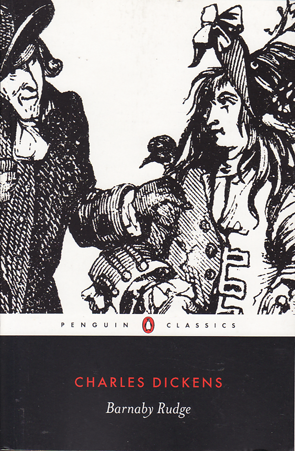

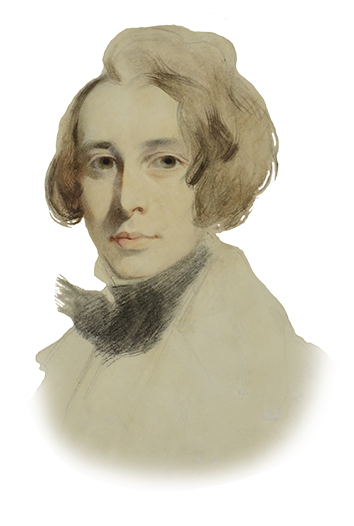
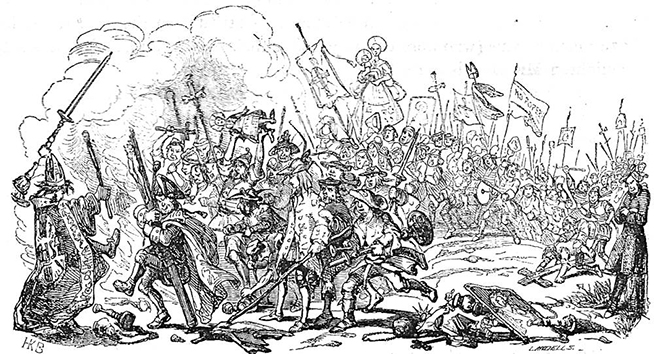
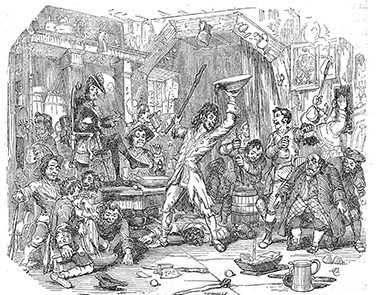
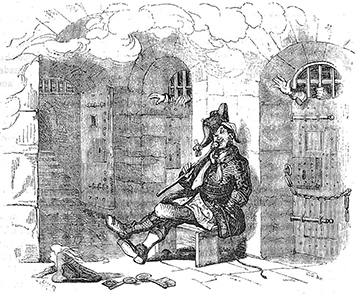

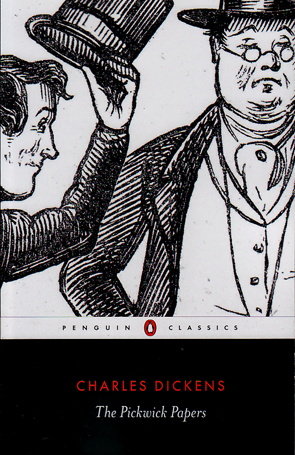
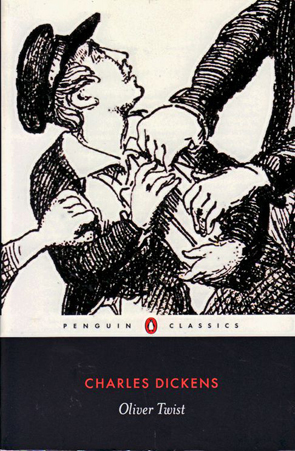
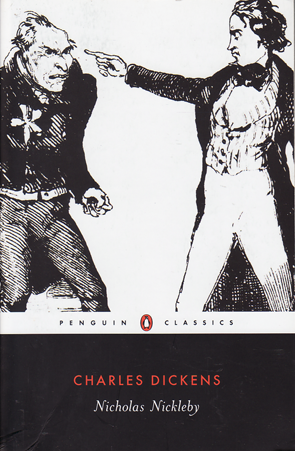
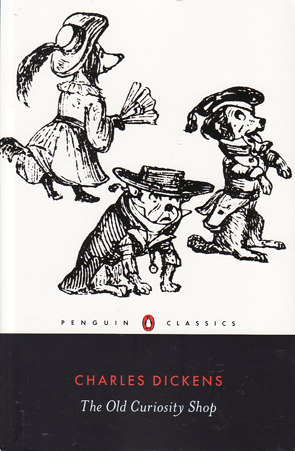
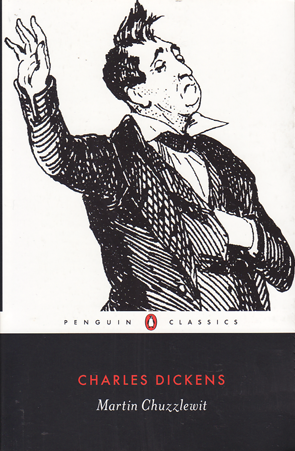
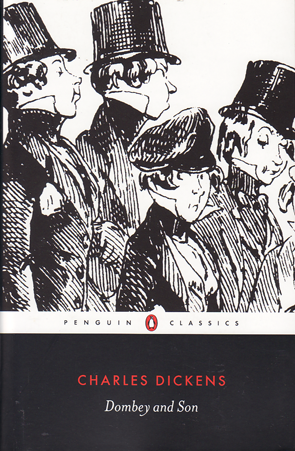
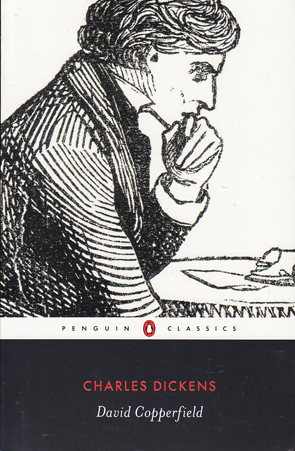
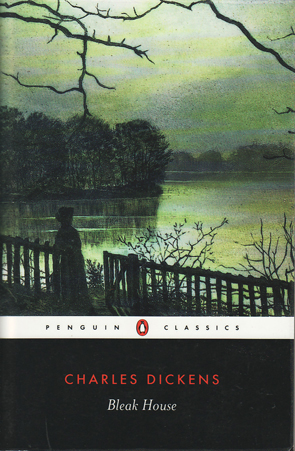

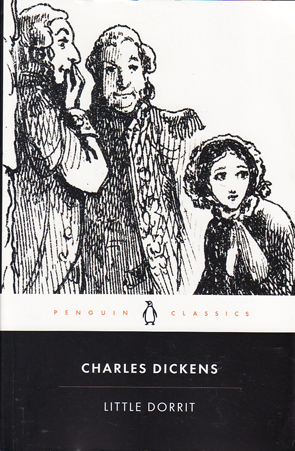

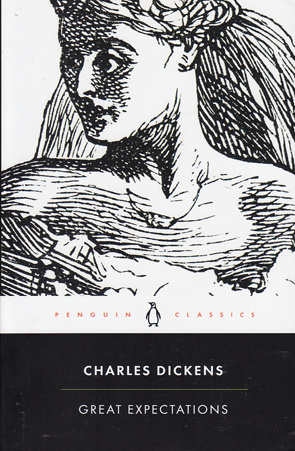
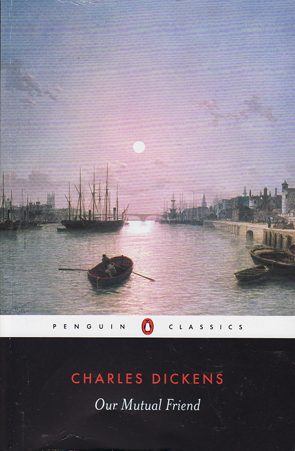
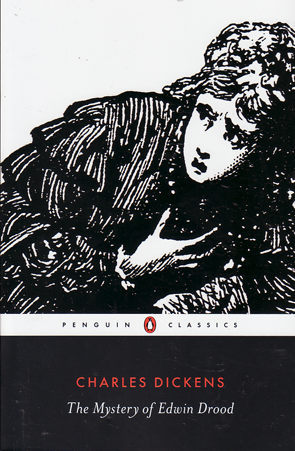
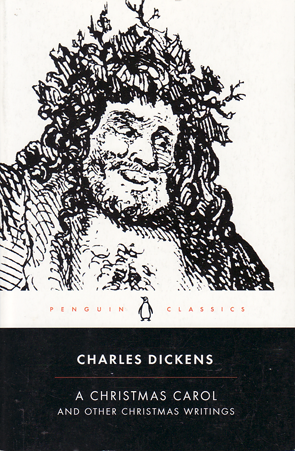
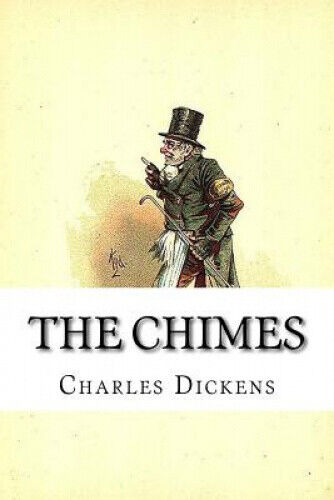

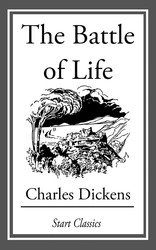
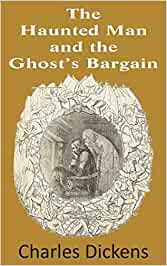
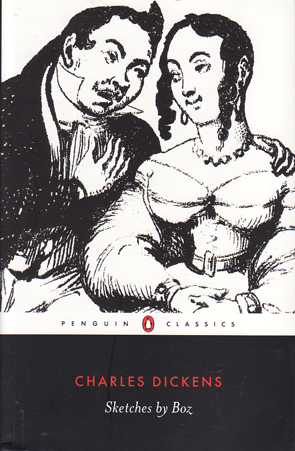
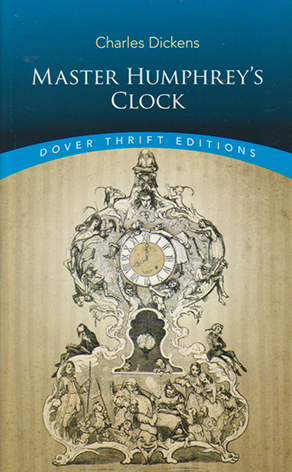
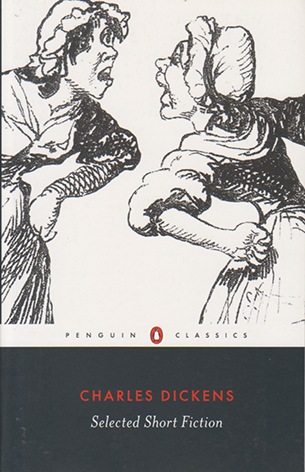

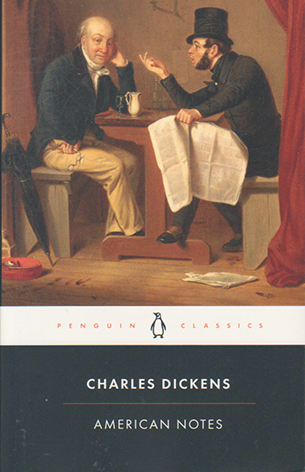

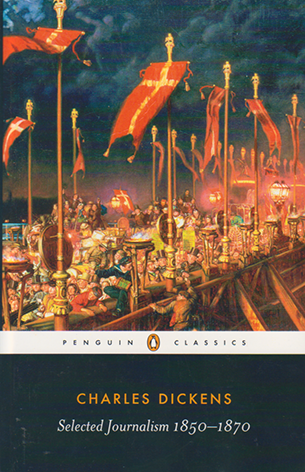
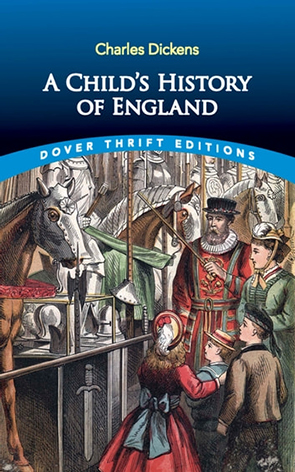
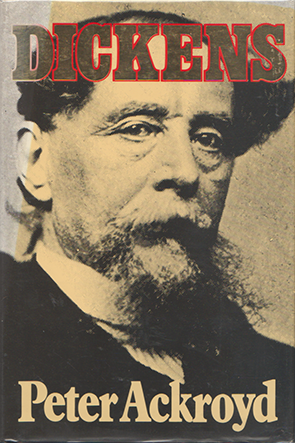


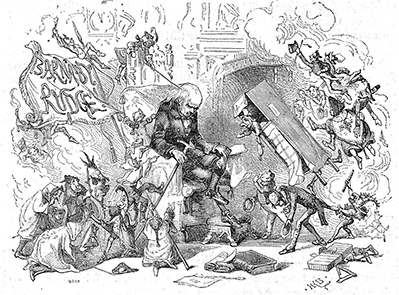
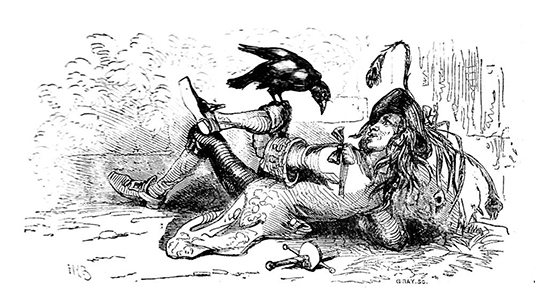
No one has commented yet. Be the first!